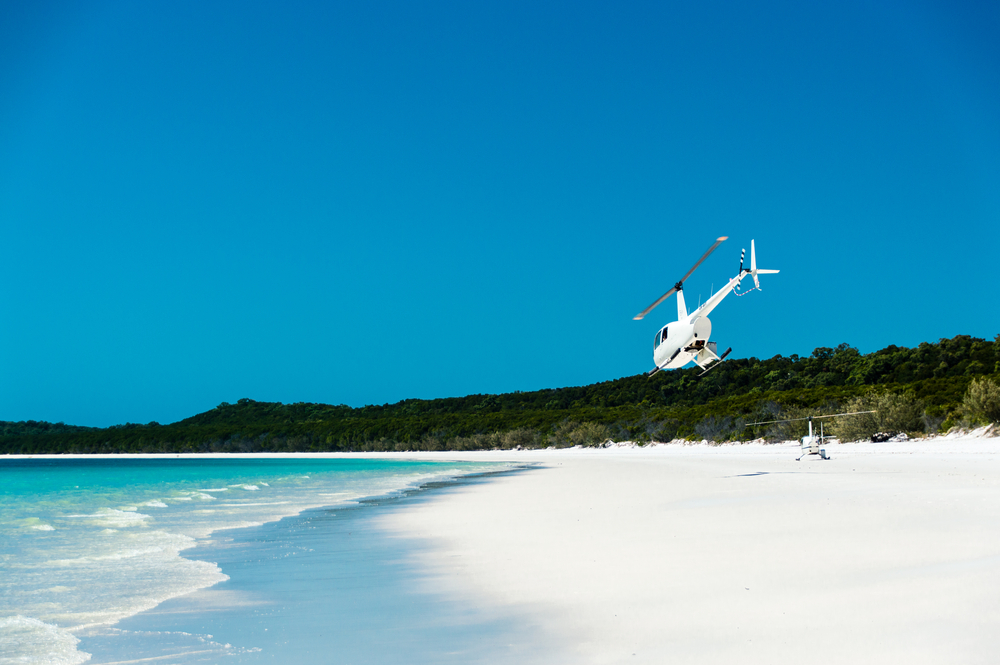It has been announced that inter-island passenger air services operated by helicopter will return to the skies over the Maldives for the first time since 1999. The move marks the end of a quarter-century period in which seaplanes have dominated the scene while regular rotary-wing services have all but been forgotten.
Arriving at the seaplane base at Male Velana International Airport (MLE) and viewing the vast array of De Havilland Twin Otter seaplanes ferrying holidaymakers to their resort islands in a dizzying display of activity, you could be forgiven for thinking it has always been like this.
However, up until 1999, seaplanes were almost non-existent in the Maldivian archipelago, as helicopters were tasked with transporting the famous and well-heeled travelers to their small patch of paradise in the Indian Ocean. Since then, rotary-wing aircraft have been sidelined as the twin-prop Canadian workhorses have become the mainstay of inter-island transfer flights.
However, all that seems all set to change. The Maldivian government has just announced a decision to re-commence helicopter operations in Maldives for the first time since 1999. The decision is expected to provide a significant boost to the tourism industry in the Maldives while providing “unique transportation links to several islands,” according to Maldivian Transport Minister, Mohamed Ameen.
Seaplanes fly directly to resorts and are either docked on a platform at the resort or a floating platform nearby. However, seaplane operations are vulnerable to inclement weather, and prevailing sea conditions. Additionally, seaplanes cannot operate at night, meaning some transfer passengers endure long waits at Male for their onward flights.
“Helicopters offer unique advantages over fixed-wing aircraft as they can take off and land vertically, move in any direction, and remain stationary in the air allowing take-off and landing from just about anywhere from fields to yachts to buildings,” said Ameen.
According to the minister, a framework to facilitate the commencement of operations will start immediately for med-evac, surveillance, and passenger services, and the Maldivian government will work closely with the private sector and other stakeholders to make helicopter operations a reality once again.
The decision to re-introduce helicopter services in the Maldives is expected to provide a significant boost to the tourism industry and provide further transfer options for passengers either arriving or departing from Male International Airport.
Hummingbird Island Helicopters last operated helicopters in the Maldives in 1999. The company was launched in 1989 by pilot and shareholder Kit Chambers operating a small fleet of helicopters – initially Russian-built Mil-8s followed by Sikorsky S-61s.
The carrier became Hummingbird Island Airways with the arrival of its first Twin Otter in 1997 and eventually switched to becoming a seaplane-only operator in 1999, upon which it rebranded as Trans Maldivian Airways. The airline merged with its closest rival, Maldivian Air Taxi (also an extensive Twin Otter seaplane operator) in 2013.
Nowadays, Trans Maldivian operates an extensive fleet of 64 Twin Otters on inter-island flights from the seaplane base at Male Airport.
